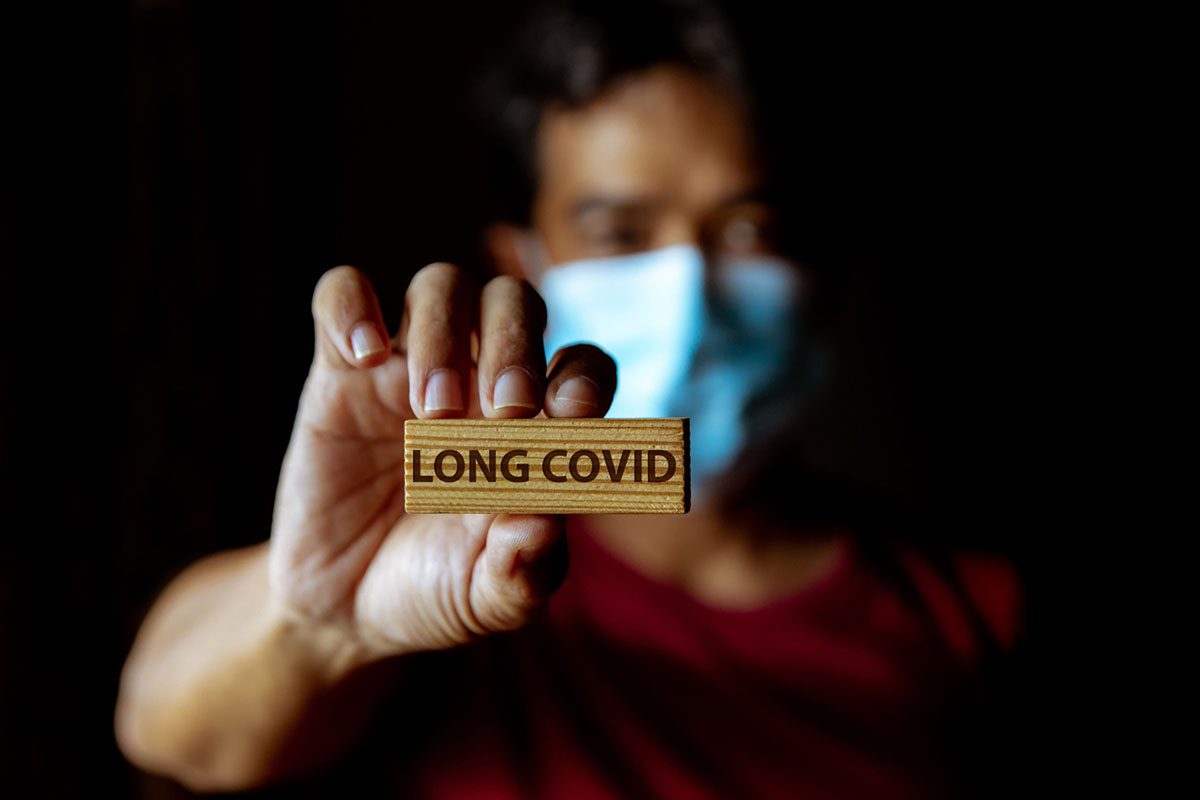Prim Care Companion CNS Disord 2021;23(2):21lr02926a
To cite: Padala KP, Padala PR, Leung Y-K, et al. Untangling the complex interactions of open burn pit exposure and health outcomes: response to Brumage et al. Prim Care Companion CNS Disord. 2021;23(2):21lr02926a.
To share: https://doi.org/10.4088/PCC.21lr02926a
© Copyright 2021 Physicians Postgraduate Press, Inc.
aVISN 16 Geriatric Research Education and Clinical Center, Central Arkansas Veterans Healthcare System, Little Rock, Arkansas
bDepartment of Geriatrics, University of Arkansas for Medical Sciences, Little Rock, Arkansas
cDepartment of Psychiatry, University of Arkansas for Medical Sciences, Little Rock, Arkansas
dDepartment of Pharmacology and Toxicology, University of Arkansas for Medical Sciences, Little Rock, Arkansas
eResearch and Development, Central Arkansas Veterans Healthcare System, Little Rock, Arkansas
*Corresponding author: Kalpana P. Padala, MD, MS, Donald W. Reynold Department of Geriatrics, University of Arkansas for Medical Sciences, 2200 Fort Roots Drive (3J), North Little Rock, Arkansas 72114 ([email protected]).
See letter by Brumage et al and case report by Padala et al
To the Editor: We thank Brumage and colleagues1 for their commentary on our case report of an open burn pit (OBP)–exposed veteran.2 The authors highlight the nuances involved in the OBP exposure, its relationship to medical comorbidities, and their varied clinical presentation. We agree with the authors on the complexity of clinical presentation in this patient cohort, the lack of current evidence linking veterans’ deployment exposures to an increased risk of contracting COVID-19, and that reliable resources should be used to allay veteran’s concerns.
The Veterans Affairs (VA) Airborne Hazards Open Burn Pit Registry (AHOBPR) is a great resource for veterans to document their open burn pit exposure and health problems.3 However, by the end of fiscal year 2020, only 232,849 veterans and service members had completed the questionnaire from an estimated 3 million of those exposed.3 Much work is needed to reduce hesitancy to enroll in the registry. Most recently, the Under Secretary for Health with the Department of Veterans Affairs, Richard A. Stone, MD, sent an open letter to the Veterans Health Administration encouraging enrollment in the AHOBPR. While such efforts are underway, clinicians across the VA system grapple with veterans presenting with unexplained respiratory, metabolic, neurologic, and psychiatric symptoms.
In summary, the long-term effects of burn pit pollution on veterans’ health are largely unknown. There is some evidence suggesting that burn pit exposure may have caused bodily accumulation of heavy metals, consequent genetic and epigenetic changes, and long-term health problems.4–6 Carefully designed studies are needed to establish the relationship between burn pit exposure and potential adverse health outcomes and to uncover novel molecular biomarkers for exposure and diseases. We expect that close working relationships between clinical researchers in the field and the VA office of Post Deployment Health Services and the Post-9/11 Era Environmental Health Program will lead to better characterization of the medical comorbidities and biological consequences of OBP exposure.
Published online: April 22, 2021.
Potential conflicts of interest: None.
Funding/support: None.
Disclaimer: Drs KP Padala, PR Padala, Leung, Dennis, and Ho are employed by the United States Department of Veterans Affairs, but the views expressed in this manuscript do not reflect those of the Department of Veterans Affairs or the US government.
References (6)

- Brumage MR, Rumm PD, Schneiderman Ai, et al. Response to burn pit exposures and COVID-19. Prim Care Companion CNS Disord. 2021;23(2):21lr02926.
- Padala KP, Padala PR, Leung YK, et al. Open burn pit exposure and concern about the COVID-19 pandemic. Prim Care Companion CNS Disord. 2020;22(6):20l02796. PubMed CrossRef
- US Department of Veterans Affairs. Airborne Hazards and Open Burn Pit Registry. Published 2020. Updated August 24, 2020. Accessed March 16, 2021. https://veteran.mobilehealth.va.gov/AHBurnPitRegistry/#page/home
- Kalinich JF, Kasper CE. Are internalized metals a long-term health hazard for military veterans? Public Health Rep. 2016;131(6):831–833. PubMed CrossRef
- Thomson EM, Christidis T, Pinault L, et al. Self-rated stress, distress, mental health, and health as modifiers of the association between long-term exposure to ambient pollutants and mortality. Environ Res. 2020;191:109973. PubMed CrossRef
- Liu J, Lezama N, Gasper J, et al. Burn pit emissions exposure and respiratory and cardiovascular conditions among airborne hazards and open burn pit registry participants. J Occup Environ Med. 2016;58(7):e249–e255. PubMed CrossRef
Please sign in or purchase this PDF for $40.




